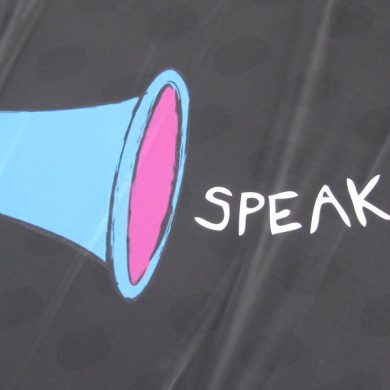“That’s one small step for a man, one giant leap for mankind.” On the fateful day of July 20, 1969, when the first human set foot on the moon, this mantra quickly became the catalyst for decades of national interest in space exploration to come. Now, nearly 40 years and countless inventions later, an interplanetary future seems to be more attainable than ever because of the current research in space biology. The National Aeronautics and Space Administration (NASA) leads the efforts in this field, specifically through a series of experiments called the Advanced Plant Experiments (APEX). Conducted at the International Space Station, the objective of these experiments is to observe the effects different aspects of the spaceflight environment, such as gravity, have on living systems. So far, scientists have determined that plants can grow under conditions of microgravity, if provided with sufficient light, water, and nutrients needed to thrive. To further these findings, APEX-02-02 was initiated to research the genetic adaptations and radiation damage of the common “Baker’s yeast,” or Saccharomyces cerevisiae, when exposed to microgravity. Because yeast is a eukaryote, scientists hope it will better emulate the genetic evolution of eukaryotic organisms in outer space. But why are these experiments important? At present, a greater understanding of plants supports the notion that it is possible for humans to survive outside of planet Earth. In order to envision a future for mankind, the genetic modification of plants and studies on their overall survival capabilities need to remain a priority in future research investigations.
To continue, logistically speaking, there is no need to compromise the environmental health for future cosmic endeavors. Rather, the two go hand in hand. First, the latest installments of the APEX series, APEX-05 and APEX-06, aim to study the molecular aspects of plant root and cellular wall growth in both dicots and monocots. These two experiments, also to be carried out aboard the ISS, have significant implications on Earth. The results of APEX-06, which deals with Brachypodium distachyon, or common grass, is valuable in implementing habitat restoration and preservation. In addition, through weather satellites situated in space, scientists are able to monitor the fluctuating levels of CO2 in the atmosphere. With inventions such as High Spectral Resolution Lidar, a lidar system that uses laser to measure air particles, air quality is continuously monitored. Most importantly, a fraction of NASA’s funding is devoted to finding clean, alternative sources of energy; its ongoing research centered on algal and cellulosic biofuels, as well as solar and wind energy, is a vital step in the preservation of our natural resources. Still, isn’t the 19.5 billion-dollar NASA budget too much? The short answer to the question is no. To put things into perspective, NASA only receives about 0.4% of the fiscal year 2019 federal budget. The funding encompasses financing robotic probes, the production of aircrafts, environmental research, and more. It’s safe to say that it’s money well-spent.
Since the successful landing of the Apollo 11 on the moon, fervent space endeavors by numerous organizations and companies have been extremely fruitful. Portable laptops, artificial limbs, LED lights, and phone cameras — inventions that we often say “we cannot live without” would never have been made possible without space exploration. Of course, the biggest downside of space exploration is that its benefits are unpredictable, almost unimaginable; however, that is also its biggest strength. One thing is for sure, the vast potential magnitude of future discoveries cannot be prematurely judged, especially when the future of mankind may be at stake.
Sources
https://www.nbcnews.com/tech/innovation/why-humanitys-survival-may-depend-colonizing-mars-n446196
https://www.thebalance.com/nasa-budget-current-funding-and-history-3306321
https://www.forbes.com/sites/quora/2016/08/19/is-nasa-worth-the-money-we-spend-on-it/#1d9c1fba6447
https://www.nasa.gov/mission_pages/station/research/experiments/1065.html#top
https://www.nasa.gov/spacebio/plant/our-experiments
https://www.nasa.gov/centers/ames/greenspace/clean-energy.html
